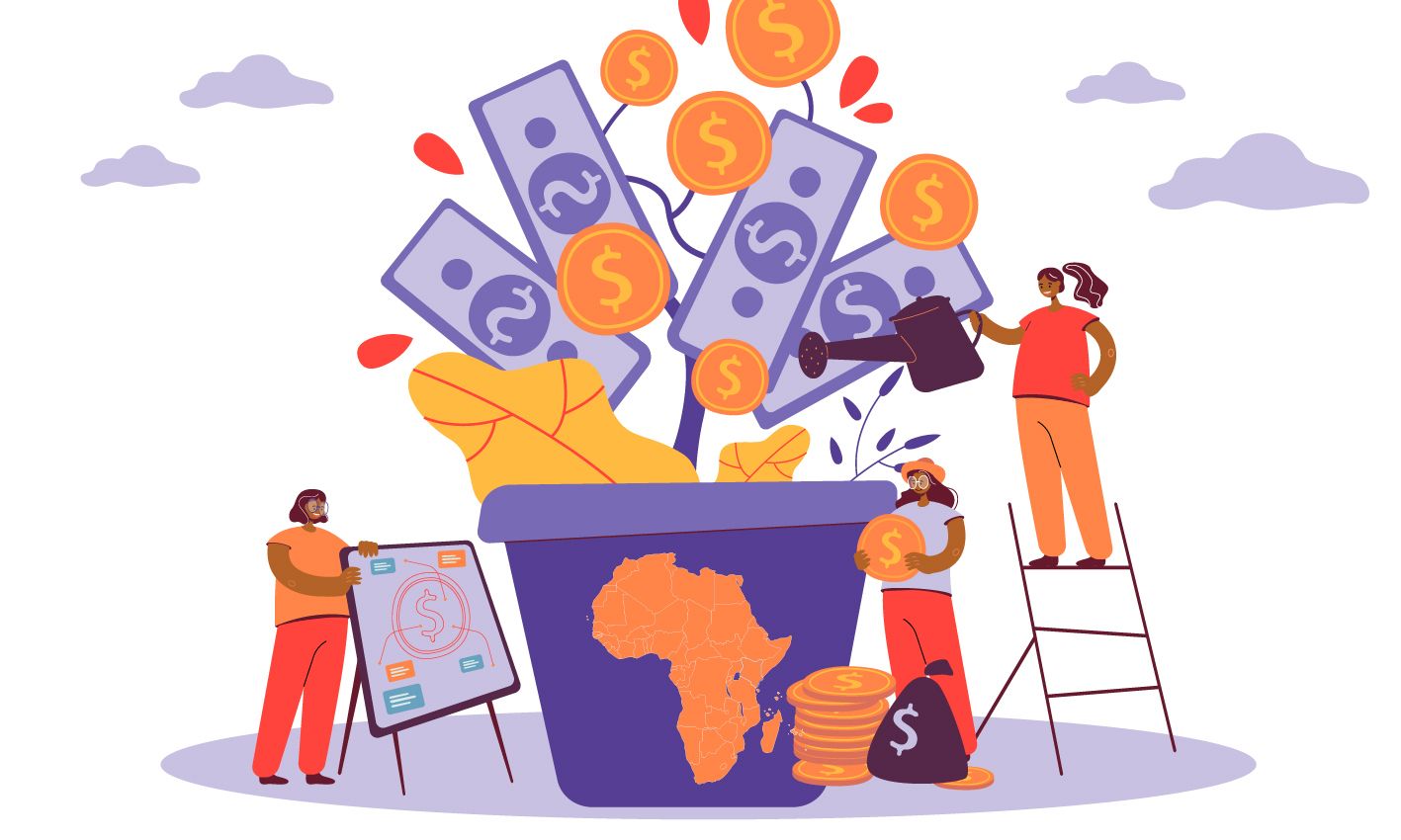With debt rising and foreign funding fading, African nations are turning inwards, tapping pension funds, sovereign wealth, and public banks to build roads, bridges, and energy systems. This shift signals a move toward self-financed growth and economic sovereignty.

Bonface Orucho, bird story agency
Every morning in Mwanza, fishermen like Peter Ngonyani now cross Lake Victoria in minutes, not hours.
Where he once waited up to two hours for a ferry, he now drives across the Magufuli Bridge, a new 3.2-kilometre structure linking Kigongo and Busisi towns in northern Tanzania.
In an interview in Mwananchi, a Tanzanian Swahili newspaper, earlier this month, the tilapia fish supplier described the bridge as “a saviour to our lives and businesses”.
Completed in June 2025, the Magufuli Bridge cost TSh 700 billion (about US$270 million), entirely financed through domestic resources.
Tanzania’s approach, using only local funds, offers a glimpse of a larger shift happening across the continent.
As global financing tightens and sovereign borrowing becomes increasingly constrained, African countries are turning inwards, mobilising homegrown capital to fund roads, railways, ports and power plants.
A June 2025 report by the Africa Finance Corporation (AFC) reveals that the continent holds over US$4 trillion in domestic capital.
Over US$1.6 trillion sits in the non-bank financial sector: US$455 billion in pensions, US$320 billion in insurance, US$150 billion in sovereign wealth funds, and US$250 billion in development banks. Added to this is US$473 billion in foreign reserves, including US$38 billion in gold holdings.
This vast pool of capital challenges outdated perceptions of scarcity.
According to Amadou Hott, the former Senegalese Minister of Economy and African Development Bank vice president, “The narrative of a ‘poor’ Africa is contradicted by reality.”
“Beyond vast natural resources, the continent holds US$2.5 trillion in liquid investable wealth from high-net-worth individuals and about US$2 trillion of assets under management of pension funds, sovereign wealth funds, and insurance companies.”
Yet while Africa is rich in capital, most of it remains tied up in short-term instruments or offshore investments, according to the AFC report. That, however, is beginning to change.
Mounting public debt has forced governments to reconsider how they finance development.
June 2025 estimates by the IMF and World Bank show that the average debt-to-GDP ratio in Africa (excluding North Africa) now stands at 61.5%, with countries like Sudan exceeding 250% and Kenya at about 66%.
Only a handful of African countries, including Botswana, Eritrea and Libya, have never borrowed from the IMF, making them outliers in a region where sovereign debt remains the norm.
Even so, countries like Somalia and Nigeria have recently cleared or repaid their IMF debts, signalling a shift toward financial autonomy.
At the same time, external financing is proving increasingly unreliable. The latest UNCTAD analysis shows that project-specific foreign direct investment (FDI) in African infrastructure declined sharply, down 30% in energy and 32% in transport, despite an overall rise in FDI numbers due to a single mega-deal in Egypt.
“The reality is external capital is becoming more expensive and unpredictable,” notes the AFC report. "Africa’s development must increasingly be financed from within."
This policy shift is becoming visible on the ground.
Nigeria’s pension industry, for instance, has ramped up infrastructure investments from just US$6 million in 2015 to over US$155 million by 2024, supported by more than US$14 billion in total assets.
This growth is driven by mechanisms like InfraCredit, a local-currency guarantee facility backed by the Nigeria Sovereign Investment Authority (NSIA) and the Africa Finance Corporation (AFC), which helps derisk private infrastructure bonds, making them investable for pension funds.
Further momentum is coming from the new US$13 million Climate and Transition Infrastructure Fund, launched in 2025 by ARM-Harith and FSD Africa Investments.
These are structured to offer early liquidity and 75% local-currency funding. The fund aims to unlock even more domestic pension capital for climate-resilient infrastructure.
Namibia also offers another compelling example. Regulation 29 by NAMFISA, the country’s financial watchdog, mandates that insurance and pension funds allocate between 1.75% and 3.5% of their portfolios to local unlisted investments.
By 2024, these unlisted assets had grown to US$215 million, up from US$50 million in 2017, supporting startups, SMEs, and domestic infrastructure.
Kenya’s National Social Security Fund (NSSF), managing over US$17 billion, has introduced micro-pension schemes like Haba Haba and KNEST, targeting informal sector workers.
Domestic public development banks are also stepping up. Morocco’s Caisse de Dépôt et de Gestion (CDG) is the largest of its kind in Africa, accounting for 85% of all CDC assets across five Francophone countries. CDG plays a critical role in financing housing, transport, and renewable energy in the country.
In Gabon, the national CDC (Caisse des Dépôts et Consignations) allocates 40% of its portfolio to infrastructure and housing. Senegal’s CDC, similarly, has co-financed multiple large-scale transport and energy projects, according to the AFC report.
Sovereign wealth funds, once focused solely on stabilisation or foreign investments, are evolving too.
Funds in Egypt, Ethiopia, and Cape Verde now have clear development mandates, investing directly in industrialisation, climate adaptation, and energy infrastructure.
The trend is still in its early stages, but the momentum is real. According to the AFC, policy and regulatory reforms across Nigeria, Kenya, South Africa, and Namibia are already creating room for domestic capital to play a bigger role in development finance.
According to the AFC report, if only 30% of pension and insurance assets were channelled into infrastructure, Africa could unlock US$230 billion—enough to bridge much of the continent’s annual infrastructure financing gap.
Hott argues that such domestic investment has ripple effects beyond capital.
“Whenever African pension and sovereign wealth funds invest locally, they become powerful advocates for necessary policy reforms while serving as political risk insurance,” he notes.
“This gives confidence to international investors and opens up co-investment opportunities with the private sector.”
bird story agency





